Oasis Floral Foam: KNOW FOAM
March 14, 2024
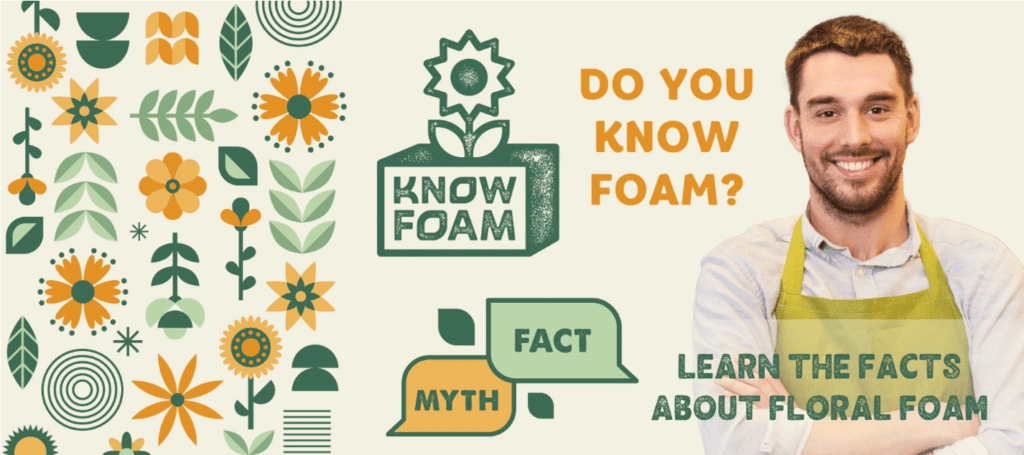
Sorry, but I already “know foam” and I’m terrified. Recently, I wrote a long overdue blog post about why Sweet Blossoms has been foam-free for years. Many other florists have come forward to make the same assertions. The Royal Horticultural Society, including events like the Chelsea Flower Show, has banned the use of floral foam. The number of workshops and online courses that are available now for how to learn foam-free mechanics is immeasurable. More and more florists are moving away from floral foam and more and more consumers are paying attention to the sustainability of their flowers.
Not only does using floral foam create a host of environmental problems, there are also health concerns to be considered, as well as design challenges.
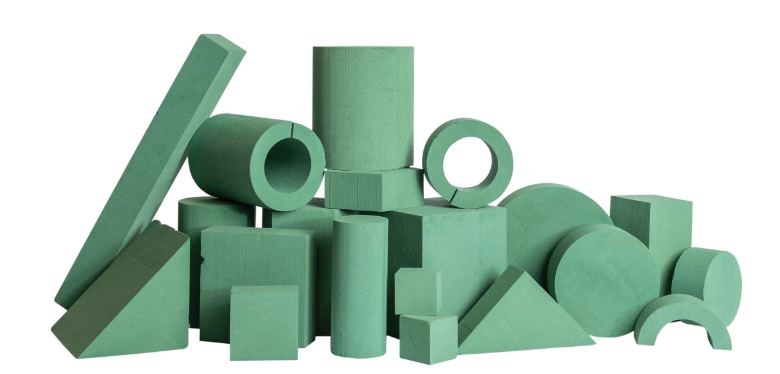
Put simply, some floral foam may now be “degradable” (and this word does not mean what you think it means.) Degradeable just means it breaks down into smaller parts. This should not be confused with biodegradable, which means it can be broken down into smaller parts by bacteria and organisms. How long any of that takes and under what conditions is highly debatable. Most floral foam never even has the chance to break all the way down, but regardless of how much it does or doesn’t break down, the bottom line is that it’s still made of plastic. When it does break down, it just breaks down into smaller plastics (microplastics), which get into our groundwater, which get into our oceans, and then into our food chain. Microplastics have been found in breastmilk, blood and placenta!
There are concerns about the ingredients in floral foam: formaldehyde, carbon black, and phenol, which are known carcinogens. The amount of these ingredients in the final product has been reduced but they are still there, leaving questions about its safety. There is research to show that microplastic dust can be inhaled and can enter the bloodstream, suggesting that it should not be introduced to cuts, and could certainly be an eye irritant.
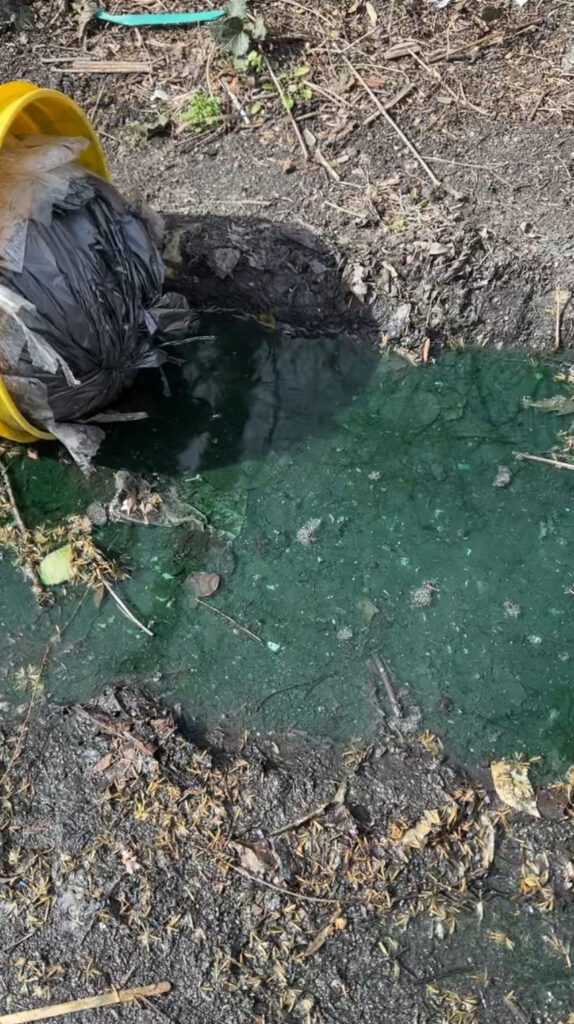
Look at this waste water that dripped out of someone’s trash bag. This picture was taken outside a local flower wholesaler, so I know it was floral trash. It’s clear this is foam water seeping out of discarded foam onto the ground. There’s nowhere else for this water to go, except into the groundwater now, then into the streams, and into the ocean, to become a part of our aquatic food chain.
Foam free designs allow for a more natural stem orientation and also take less product to cover up design mechanics. The design mechanics in foam free mechanics can usually be reused or recycled or composted.
I recognize that I’ve heavily summarized this information here, but I highly recommend reading my previous post. It’s chock full of studies and information about the problems with floral foam. I want you to “know foam” too!
So, given all that you now know about foam, and how reasonably easy it is to make a better choice, WHY, OH WHY, is Oasis relaunching a campaign to greenwash floral foam so that people will start buying it again?
That answer is an easy one. MONEY. Oasis is losing money and they are hoping that by making their product look better by using some words that sound really good, people will take their word for it and go back to foam. I implore you to think for yourself and make your own decisions. Here is their campaign. It’s called Know Foam. Well, I think we “know foam” enough now. I’ve included two of their slides below with my own comments. Please feel free to use my graphics and share!
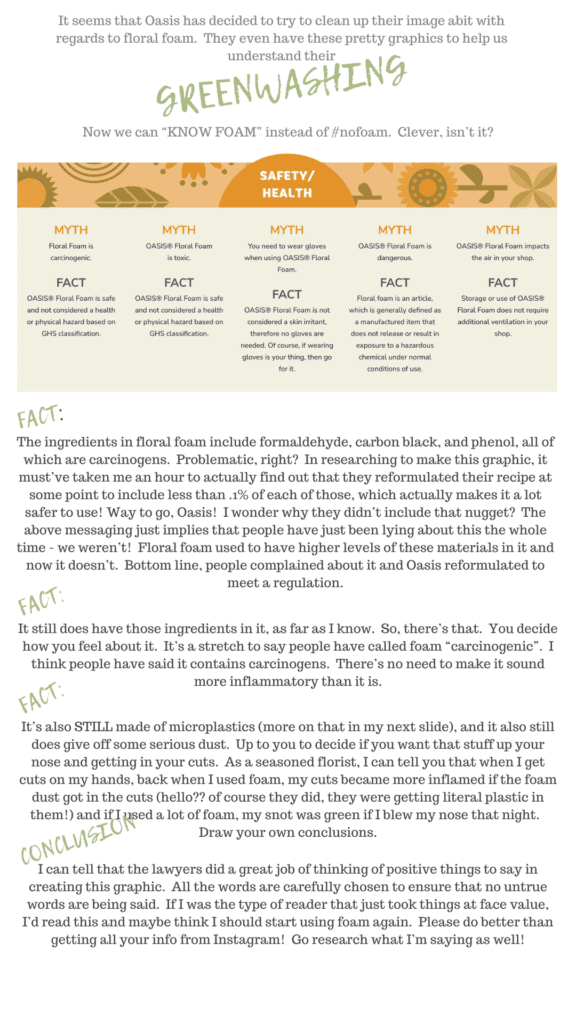
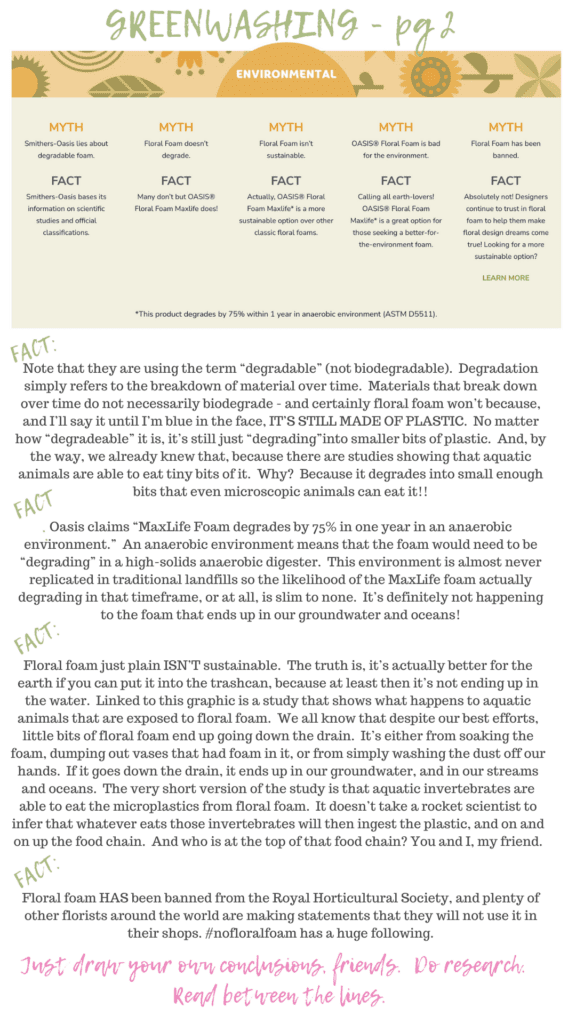
Here is the link to the study mentioned in the above slide, in case you’d like to use it.